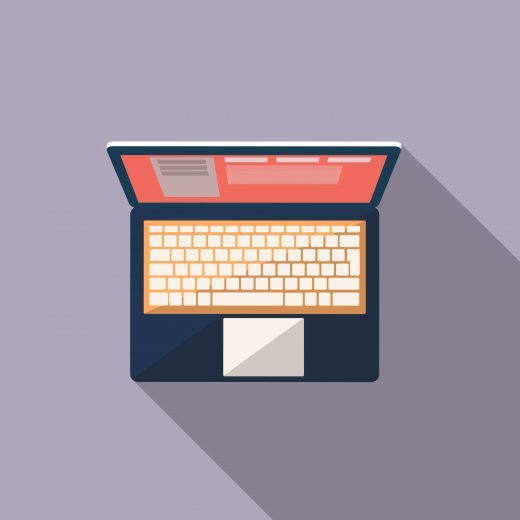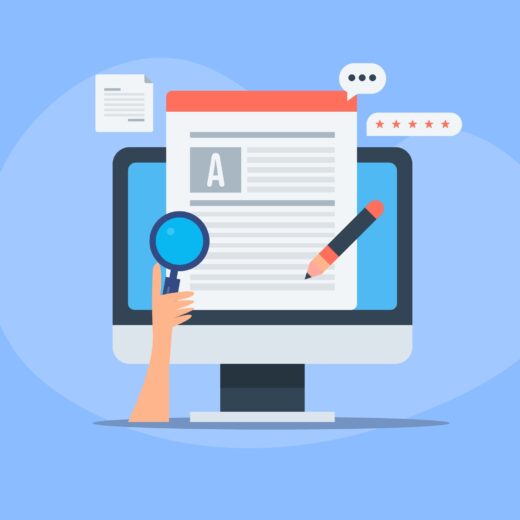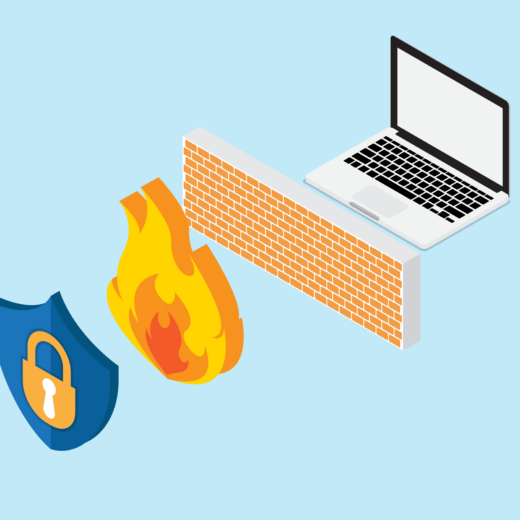How to Use Pinterest as a Small Business

Pinterest is one of social media’s latest success stories. In 2013 it was already delivering more traffic to publishers than Twitter, LinkedIn, and Reddit combined, and it just keeps on growing. Now, a third of users follow a brand and 52% of daily users look on Pinterest for guidance while in a store. It offers amazing opportunities to businesses – especially SMEs, since you don’t need large budgets to gain a good presence and following.
The problem is that a lot of people still don’t quite understand the network or how to use it. We’ve put together some tips to help you set up your business account and use it to generate traffic and sales.
What is Pinterest?
Pinterest is basically an online pinboard. Instead of tearing out magazine pictures and adding them to a board at home, you just link to images that are featured on your account and those images link back to the original site. Users create pin boards for whatever they want and group those images (called pins) on boards to make it easier to browse later on.
It’s mainly known for having a lot of crafts and recipes on it, but it has a lot more than that; I planned my entire wedding on Pinterest and keep a lot of recipes on there. Other people plan trips, organise holidays, put together work outs, or even create shopping lists on there.
How Does it Benefit Businesses?
If people pin your products to their boards, they’re visible to their followers and all of Pinterest – that means that your products gain exposure to a huge market with without having to compete to get onto the first page of Google. Users can then repin items (repinning is where a user finds something on someone’s board and then decides to pin it to their own too) so your images are spread throughout the site.
Pinterest boards also rank well, so your business’ Pinterest boards could actually rank on Google and improve your presence on search engines. All you need to do is be active and pin a range of items from your own shops and from around the internet.
How Do I Start Using Pinterest?
It’s important that you set up a business account rather than a personal one – you can do that if you click here. Make sure that the account name is the name of your business to keep your branding consistent across all of your social media profiles.
Setting Up a Pinterest Account
Once you’ve gone through the usual process of setting up an account and clicking on the confirmation email, you’ll need to make sure that your profile looks professional and clearly shows your branding. Write an introduction, link to your social media accounts, and use your logo as the profile picture. You’ll also need to verify your website by adding some code to it – if you’re not sure how to do it, your web design agency will be able to help.
Creating Pinterest Boards
Once you’ve set up your profile, you’ll need to create boards and start pinning. Make sure that your boards have clear names to let people know what’s on them, and they’re grouped logically, but don’t just transfer your product catalogue to Pinterest. If you sell jewellery, you may want to add a board for Beautiful Wedding Rings, Alternative Engagement Rings, Pearls, Diamonds, and Dainty Necklaces (for example). This lets you group things together while arranging things according to user preferences. Don’t be afraid to be creative with names, but don’t forget that Pinterest boards come up in searches too so you don’t want to choose something that’s too obscure.
You’ll need to write a short description for each board and choose a beautiful cover image that shows off the best of what’s on there – these things encourage people to look at your boards and follow your account. You can arrange your boards to have the most popular or relevant ones at the top of your account so that people can see them straight away.
Once you’ve created a few boards, you can start pinning. Try not to set up too many straight away since you’ll want to keep them populated and updated. If you don’t have time to do that all at once, you can add boards gradually as you keep using the site.
Pinning
There are a few different ways to pin:
- You can add the picture to Pinterest itself using the + symbol
- You can add the Pinterest Pin It button to your browser – when you press it, it lets you choose any image from your current web page to pin that to a board
- You can add Pinterest widgets to your site and use those to pin items (it works the same way as ‘share this’ or ‘like’ widgets do for Twitter and Facebook
- You can repin from other people’s boards
If you want to pin things from your own website, you’ll want to add the Pin It button to your browser to start adding things to your boards.
Choose the best image for pinning, and make sure that you write a compelling description to go with it. Try to make sure that each board has at least 8-10 pins to start with, and you can keep adding them as time goes on. While Pinterest isn’t as time sensitive as Twitter or Facebook, you’ll want to pin regularly to keep your content in people’s home feeds.
Pinning tips:
- Don’t just pin your own items – pin from around the web to show what your products can go with, create inspiration, and curate content from around the web. It makes your account more interesting for followers
- Pin regularly to keep your account fresh and keep your content in people’s feeds
- Make sure all of your pins link back to a site (and check that your repins aren’t from competitor sites)
- Add Pinterest widgets to your site to encourage people to add items to their own boards
- Create group boards that let your followers add pins to contribute to your brand
- Use high quality images – images on an isolated white background don’t tend to get many repins, so you may want to stage and shoot your products again to make them more Pinterest friendly (if you don’t already have lifestyle shots available)
- Use Rich Pins to add more information – these can display information like price or metadata for your products
Does it Really Work for SMEs?
Well, I mentioned that it refers more traffic than Twitter, Reddit, and LinkedIn… but it can have a huge impact for individual businesses if used properly.
Artifact Uprising is a business that sells photobooks, cards, and other printed goods. The company was launched in 2012 (from the founders’ basement), and the site gained enormous traction almost straight away since one of their photo books was repinned in Oct 2012. It was repinned again and again, leading to 48,000 hits to their site in a week.
Pinterest has been a major source of traffic from the beginning, and their site even features a ‘most pinned’ page showing their most popular and most shard products.
47% of Pinterest users have bought something as the result of a pin, and Pinterest users tend to spend twice as much on orders than shoppers from Facebook and Twitter. Even if your pin isn’t quite a successful as Artifact Uprising’s debut, the average pin gains 6 visitors to the publisher’s site. Not bad for something that literally takes the click of a button.
80% of content on the site consists of repins, meaning that you just need to put in on there and watch it spread to gain more referral traffic and more conversions. Most brand engagement is actually generated by users rather than brands, so you may well have products on there already!
How Can I Make the Most of Pinterest?
- Use beautiful images – Pinterest is a visual platform, so the better your pictures are, the higher your chance of being repinned
- Pin blog posts – a lot of brands create graphics for their blog posts to make them more pin-able
- Be different – find unusual ways of presenting your products
- Don’t be afraid of competitions – Pinterest is a great place for ‘share to win’ competitions
- Don’t just pin your own products – curate
- Look at other pin boards for inspiration – after all, most content is repinned so there’s no reason for you not to look elsewhere and build your boards up that way






